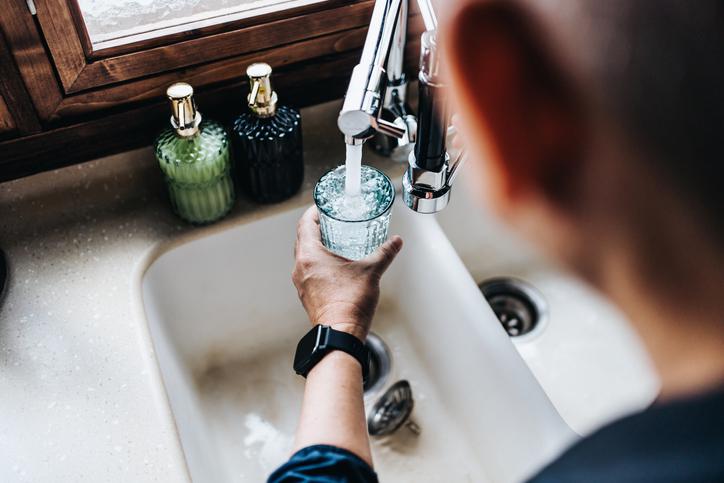
In general, your tap water is safe to drink. It's tested at municipal water treatment plants and must meet strict federal standards. Unfortunately, sometimes the water can still become contaminated by the time it reaches your household plumbing. That's the conclusion of a report by the National Resources Defense Council (NRDC) titled “What's on Tap?”, which looks at the safety of the drinking water in 19 different cities in the United States. While almost all the cities meet federal standards, there were nevertheless some alarming findings of the chemicals that came out of residential faucets.
Pathogens Entering the Broken Water Main
There are two ways that potentially harmful chemicals can wind up in your drinking water – they can infiltrate the water after it's been treated but before it arrives in your household plumbing, or they can slip past quality technicians who don't test for those specific chemicals. In the first scenario, decaying municipal water mains can allow impurities to enter the water, or corrosion in the pipe itself can create debris or specks in the liquid.
Rust is one of the most common contaminants to leach into the water from old pipes, and fortunately, it is usually harmless. Lead is another matter entirely and can be especially dangerous to babies and young children. Usually, the biggest problems occur when water mains break and sewage or other pathogens infiltrate the system before the water department can repair the problem.
Avoiding the Unknown Unknowns
While municipal water testing may be stringent, it will only catch the chemicals it is actually looking for. Sometimes pesticides, industrial chemicals and hormonal byproducts of medicine end up slipping through the testing process. Additionally, some chemicals come through at levels that are deemed acceptable. For example, arsenic, which can provoke a number of health problems including cancer, is mandated by the EPA to be no more prevalent than 10 parts per billion in drinking water – but some studies suggest that even that level is too high.
Finally, the study found, trihalomethanes and haloacetic acids, which are byproducts of chlorine treatments and can cause cancer and reproductive issues, sometimes show up in household plumbing as well. The good news is, despite the NRDC findings, tap water is still almost always rated as safe to drink – but that doesn't mean we can't do better to provide totally clean water to municipal residents.
Protect Your Family from Harmful Chemicals
What can you do if you're worried about the water coming from your household plumbing? There are test kits available that can look for traces of a number of chemicals. If you do find something you'd rather not be drinking, or if you simply want to take precautionary measures, you can install a high-quality filter like a reverse osmosis model in your household plumbing, which can remove anything larger than .001 microns from the water.
If you need help assessing the quality of the drinking water in your home, contact a qualified plumber today. Contact us at 1-877-BEN-1776!
